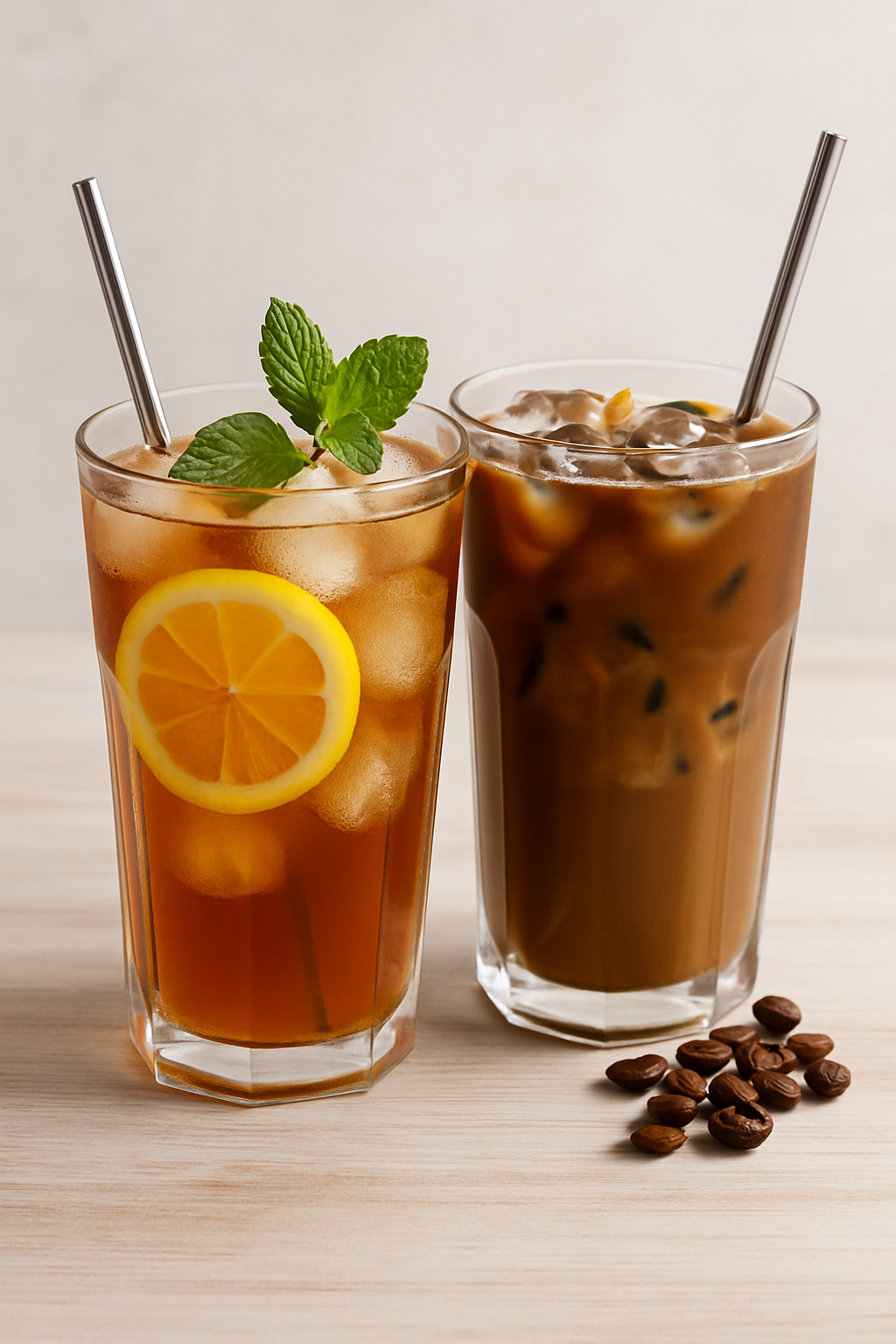
Why Peruvian Coffee Deserves a Place in Your Cup
In recent years, Peruvian coffee has quietly risen to become one of the most respected and exciting origins in the

Coffee is the most popular hot drink in the world and is consumed daily by millions of people across the globe. Usually associated as a breakfast drink, coffee contains that helpful stimulant caffeine and is consumed for its energy boosting properties as well as its rich and soothing flavour. Coffee is also favoured after an evening meal to cleanse the palate after eating. Even though we collectively drink over a billion cups of coffee daily worldwide, how many of us have stopped to wonder where our favourite hot drink ACTUALLY comes from?
There are sorts of folklore tales about the origins of coffee but the first credible evidence of coffee brewing dates back to the 15th century from Yemen, where the seeds were roasted and brewed to make a hot beverage, as we still do to this day. As the coffee plant typically grows best around the ‘bean belt’ between the tropic of Cancer and the tropic of Capricorn, it is not unlikely that coffee brewing originated close to Arabia and by the 16th century was popular across the Middle East, northern Africa and southeast Europe.
Coffee comes from plants generally grown in countries straddling a wide belt around the equator. The plants thrive in hotter, drier climates with Brazil being the biggest grower of coffee in the world. Countries such as Columbia, Guatemala, Ethiopia, Peru and Indonesia also produce a lot of coffee and the different climates in these places produce different tasting coffee beans. Altitude, rainfall, temperature and soil all affect the taste of the coffee cherries and provide us coffee drinkers with complex flavours made from blending different types of beans.
Coffee beans are actually seeds and they come from the humble coffee plant. This is a bushy shrub that can take 4 years to flower and up to 10 years to produce seeds for harvesting. The two most notable coffee plants are Coffea arabica and Coffea robusta which collectively produce the majority of the world’s coffee beans.
Arabica coffee beans account for around 60% of the worlds coffee beans and are the more expensive of the two. They are more climate sensitive and generally a more delicate plant than robusta coffee beans, producing a less acidic and more sweet tasting ‘cherry’. Robusta coffee plants produce seeds more quickly than arabica and contain a higher amount of caffeine, with a less sweet taste.
Brazil produces the most coffee in the world. Brazilian coffee has a rich, smooth taste and enjoys a darker roast than other beans. Brazilian coffee beans tend to be arabica and typically is identified by nutty and chocolatey tones. Brazil Cerrado arabica coffee beans are the most highly graded coffee of Brazil and produces a creamy, caramelly taste when brewed properly.
Colombian coffee is another South American country renowned for its delicious coffee. Like its neighbour, Colombian coffee beans tend to be arabica beans but the climate there creates a slightly more mellow taste with similar notes of nuttiness to Brazilian coffee.
Further north than Colombia and Brazil, Guatemala produces coffee beans that benefit from a warmer, more equatorial climate. Guatemalan coffee had a sweeter more chocolatey taste, with hints of smokiness and spice. Guatemala coffee beans also tend to be arabica coffee beans which favour the conditions here.
Ethiopia is famous for its exotic tasting coffee beans. Ethiopian coffee beans tend to be arabica beans and the best region for producing coffee is Yirgacheffe. Ethiopian Yirgacheffe coffee has floral and fruity notes and produces a completely unique tasting coffee.
Coffee made in Peru is not as widely consumed as its South American neighbours, but the higher altitudes produce a Peruvian coffee that is a mild, smooth and mellow tasting drink. Peruvian coffee beans grown are both arabica and robusta, but there is more arabica produced than robusta.
Like its Central American neighbour, Honduran coffee has a sweeter, more fragrant flavour than coffee beans grown in other climates. Honduras coffee can be either arabica or robusta and the aromatic notes from these beans produced in this climate are a firm favourite with coffee connoisseurs around the world.
Brazil produces almost double the amount of coffee as the second biggest coffee producer, Vietnam.
The Finns drink the most coffee per person with an average of 4 cups of coffee each per day and it is a legal requirement that workers be allowed a minimum of 2 10-minute coffee breaks a day.
As a country, the US drinks the most coffee altogether with over 27,000 60 lb bags of beans consumed every day.
This is massively subjective and widely debated but it’s probably fair to say that Africa provides the best conditions to make consistently good beans no matter which country they come from.
However, the harvesting, nurturing, roasting and brewing will ultimately dictate how good the end result is. Pairing the right beans, roasting the best blend and using the optimal brewing equipment will produce a fantastic cup of coffee, no matter where in the world you are.

In recent years, Peruvian coffee has quietly risen to become one of the most respected and exciting origins in the

Discover the ultimate guide to making the perfect iced tea and coffee using Penningtons Tea and Coffee. Cool down with